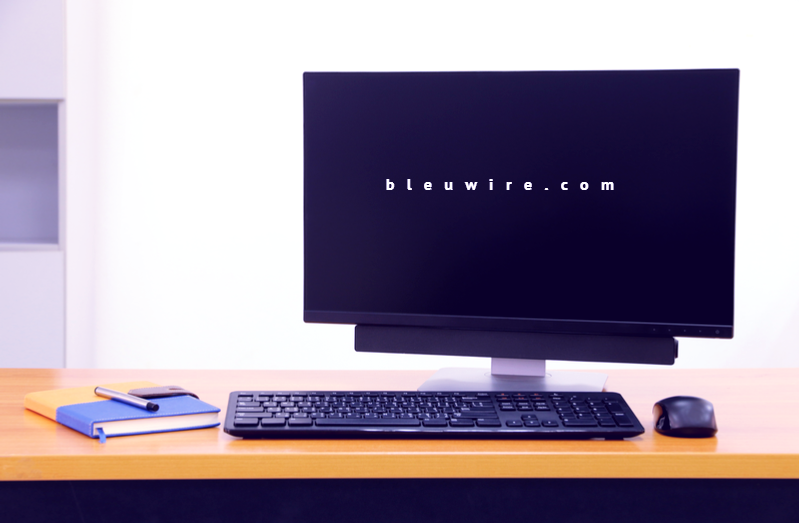
Identifying A Perfect Business Workstation
Although mobile technology and virtualization have transformed the workplace, there are still times when businesses need the strength and stability of a desktop computer.
Whether your business tasks need the fastest processes on the market, graphics cards to render artistic data efficiently, or simply a full-sized keyboard and monitor for a lower price than a laptop, desktop computers are still a vital part of business computing.
Here are a few key points to keep in mind as you search for business workstations that give you the best performance per dollar.
Document Processing And Research
Many business leaders who don’t have advanced computer experience will have one of two major thoughts when buying technology:
- Get the cheapest option that works.
- Buy the best.
Although both of these methods can work to moderate success if computers aren’t the core of your business, there’s a more cost-efficient way to buy computing power. Buy what works for your general tasks.
For most businesses, you’ll need the ability to run document processing programs like Microsoft Office, Adobe Acrobat, and your web browser of choice. For internet experience, you need to have the ability to watch videos and look at pictures whether you think your business needs videos or not, because the standard internet experience includes video and audio that can slow down weaker systems.
This means hunting system requirements and getting a system that meets the recommendedrequirements. Recommended system requirements are designed to not only run the program of choice, but to run without performance issues caused by the system being overburdened.
Your computer uses resources by just being on, and every program that you have open will take more resources. Keeping only one program open at a time is detrimental to progress; no successful company that depends on technology does this, and you’re slowing down progress by not allowing workers to have multiple programs up at once on more than one screen.
Get a list of all of your programs and get the recommended specifications for the following parts:
- Central Processing Unit (CPU) or processor.
- Random Access Memory (RAM).
- Storage space (Hard Drive, or more recently Solid State Drive or SSD).
These components are the most important when it comes to picking a workstation. Make sure that the systems you choose meet–if not exceed–the recommended specifications. Avoid minimum specifications, as these systems will likely be unable to run the programs after a year of updates and changes.
Or more accurately, following minimum specifications leads to buying another computer.
How Much is Too Much?
Recommended specifications are a good starting point, but what if your workers really like multitasking? Getting faster systems that can do more tasks at the same time is good, but at some point, you may be wasting money.
Keep in mind that computers do their job by sending electricity across unseen, highly-sensitive circuits and wires. Too much power will either go idle and unused, or course through the system so intensely that the wear and tear will lead to replacements before you can take advantage of the speed.
For processors, it’s all about clock speed and cores. In 2018, there’s no reason to get less than a 6-core processor. This basically means that a single processor does the job of 6 old-style processors from around the year 2000.
The speed concept hasn’t changed. A higher number of Gigahertz (GHz) means that programs will perform their tasks faster. The recommended specifications will be fine, but don’t go more than 0.2 or 0.3 GHz faster unless the price is negligible to you.
For example, if your programs all require around a 2.5GHz processor, there’s no reason to get a 3.0GHz processor unless the difference is less than $20–or less than what you’re willing to invest per computer.
With memory, doubling the requirements is a good rule of thumb. If you can afford more memory, getting 12GB (gigabytes) of memory instead of 6GB is fine.
More memory means more applications, but there’s an easy way to visualize the benefits of more memory. If you or your workers prefer to browse the web with multiple internet tabs open on Google Chrome, Mozilla Firefox, Opera, Brave, Internet Explorer/Edge, or your browser of choice, having more memory means having more tabs open without noticing slow performance.
Follow these concepts when shopping for a new computer and you can enjoy an efficient system that handles all of your business tasks without destroying your budget.
Contact us today to learn about Bleuwire™ services and solutions in how we can help your business.





